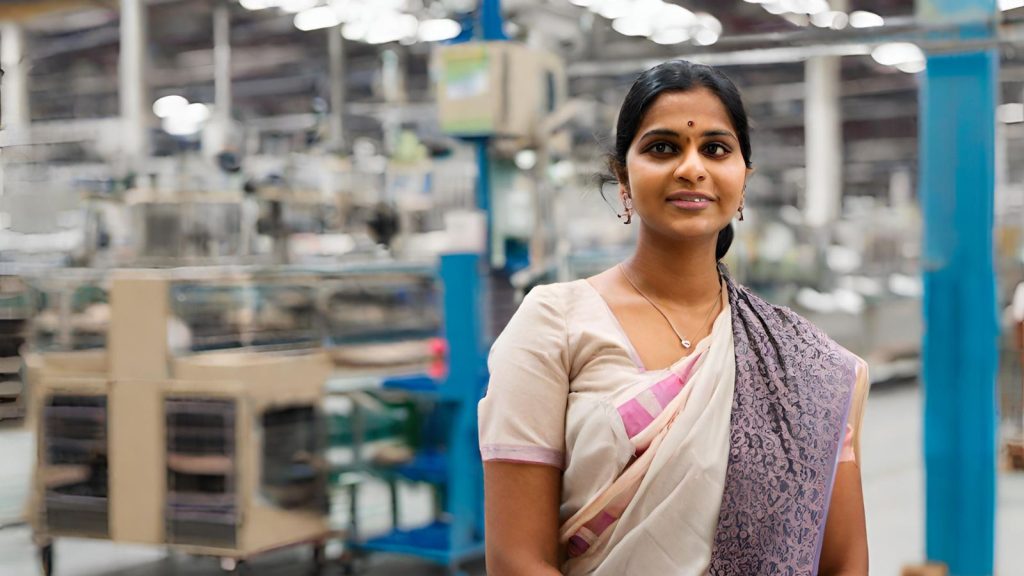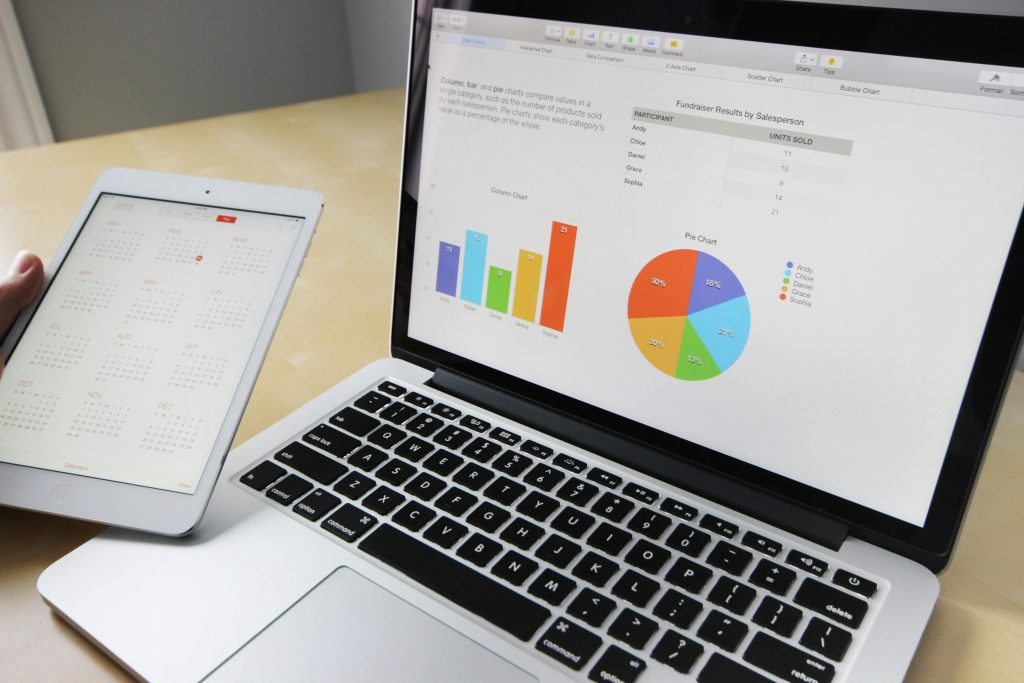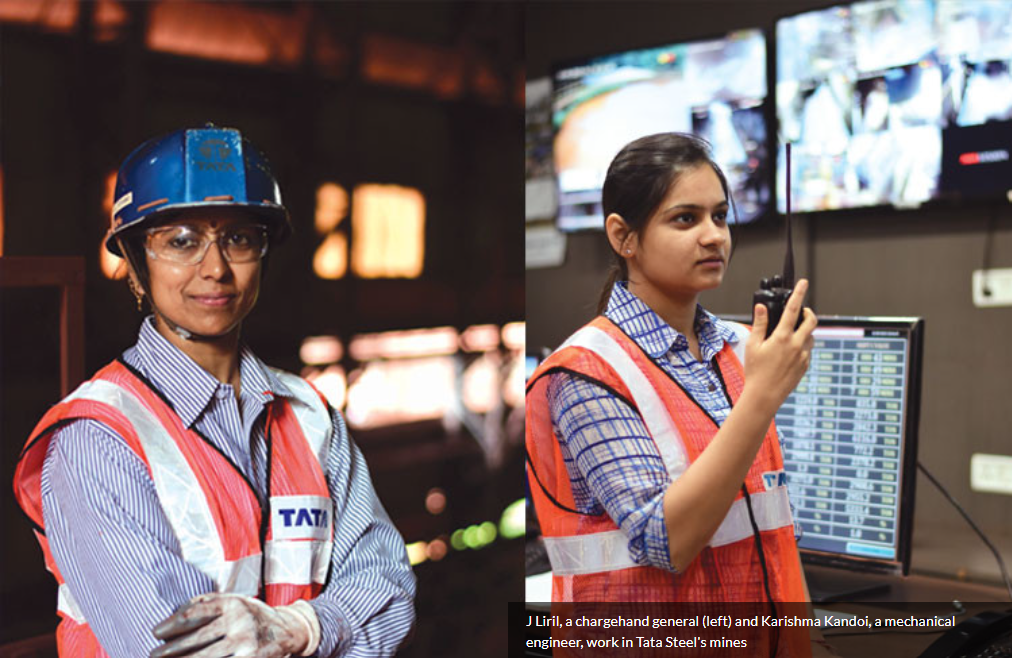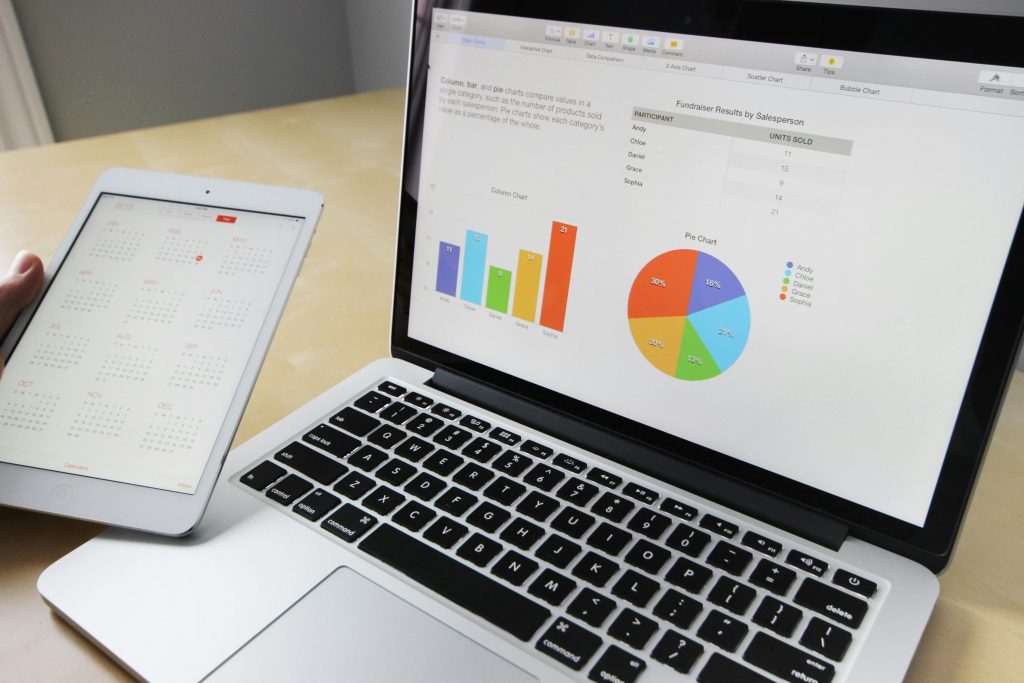Addressing the gender gap in Indian manufacturing is no longer just a matter of fairness, it’s an economic imperative. According to the McKinsey Global Institute in collaboration with General Electric (GE) there’s a significant correlation between India’s GDP and female labour force participation.
An estimated 10% increase in women’s labour force participation could add more than $770 billion to India’s GDP by 2025. Even if we just look at the numbers, India’s manufacturing industry can’t afford to overlook the skills, talents, and perspectives that women bring to the table. Bridging the gender gap in the Indian manufacturing sector can open a lot of opportunities for the companies as well, here’s what can be done:
Education and training
Indian manufacturing has historically been male-dominated, thus requires stronger measures to bridge the gender gap. The work demanded a lot of physical strength and involved risk, so traditionally women didn’t even consider it. Now, with automation and active steps towards inclusion, the possibilities are endless. Education is one tool that can help bring quantifiable changes. Companies can collaborate with educational institutions to provide specialised training and courses in manufacturing and related fields.
The Ministry of Skill Development and Entrepreneurship (MSDE) has been actively creating initiatives to create a more inclusive workforce. 33 National Skill Training Institutes (NSTIs) have been established to exclusively cater to vocational training for women. The Deen Dayal Upadhyaya-Grameen Kaushalaya Yojana (DDU-GKY), a placement-linked skill development programme for rural youth, also reserves 33% of its seats for women.

Companies should engage with local communities to change societal perceptions regarding women’s roles in manufacturing and encourage families to support women pursuing careers in this field. By developing tailored skill development programs and offering technical and vocational skills offering training in, companies can help women to be better equipped for manufacturing. Jabil is doing just that with their corporate social responsibility program, Kraftsmala. Through curriculum and internships, they ultimately aim to provide manufacturing work opportunities for more than 100 women in Pune.
Also Read: What Is The Future Of Esports In India?
Intent-driven campaigns
Marketing as a tool holds a lot of power to bring in change. Through creative storytelling and visuals, campaigns with a social message can engage and educate the masses. To bring a long-term change, companies can conduct awareness campaigns in schools and colleges to encourage girls to pursue careers in STEM (Science, Technology, Engineering, and Mathematics).

TVS Motor Company’s new campaign Miss. Represent is a good example of how companies can deliver an impactful social message. The campaign not only highlighted the stereotypical nature of educational occupation charts but also introduced new charts with women represented in all sectors, including STEM. They aim to send these charts across 5,000 schools and are going to compare the change of perspective in kids after studying from these charts. The video film also serves as an invitation for women to join TVS Motor Company’s workforce.
Pinnacle Industries’ EvolutioNARI campaign is a great example of companies can create opportunities to support and uplift women. This campaign aims to provide a platform for talented and experienced women professionals and engineers to reboot their professional journey. It’s catered for those who’ve taken a career sabbatical due to various reasons

Also Read: Things You Didn’t Know About The Indian Middle Class
Creating equal opportunities and supportive work environment
Companies should provide equal employment opportunities for men and women in terms of pay and career advancement. Here are some companies who’re taking steps in the right direction:
- Tata Steel is another company who has been focused to bridge the gender gap in the workforce by hiring more women and people from LGBTQIA+ community. Under their ‘25 by 25’ programme, which started in 2019, they aspire to have 25% diverse workforce by 2025. In 2022, as a part of their Women@Mines programme, the company hired 38 female heavy earthmoving machinery operators at its mines in Jharkhand’s West Bokaro and Noamundi.

- Daimler India Commercial Vehicles is another company taking steps to create a more inclusive workforce. As part of a diversity and inclusion drive of 2021, they hired 46 women at its Oragadam truck and bus production site in Chennai.
- 72% of the approximately 100,000 direct jobs created in Apple’s India factory ecosystem by its vendors are held by women in different labour capacities.
Hiring women is just the step one! Companies need to implement flexible work arrangements, including part-time work, remote work, and job-sharing, to support women. Provide training to staff and management on diversity, inclusion, and unconscious bias to foster an inclusive workplace culture.
Also Read: IPL Advertising: Innovative Ways Brands Can Reach The Viewers

Conclusion
A recent study mentioned that the manufacturing sector in Tamil Nadu employs 43% women. India certainly has a long way to go in bridging the gender gap in manufacturing. But change is possible and is happening! With a concerted effort from all stakeholders, including government, industry, educational institutions, and society, the gap can be reduced.
We had a conversation with TVS Motor Company’s Anirudha Haldar, SVP of marketing and Ashish Tambe, Executive Creative Director From FCB Kinnect. We discussed the origin, intent, and the vision behind their new Miss. Represent campaign. It aims to take significant steps in bridging the gender gap in their workforce, watch the full video to know how.